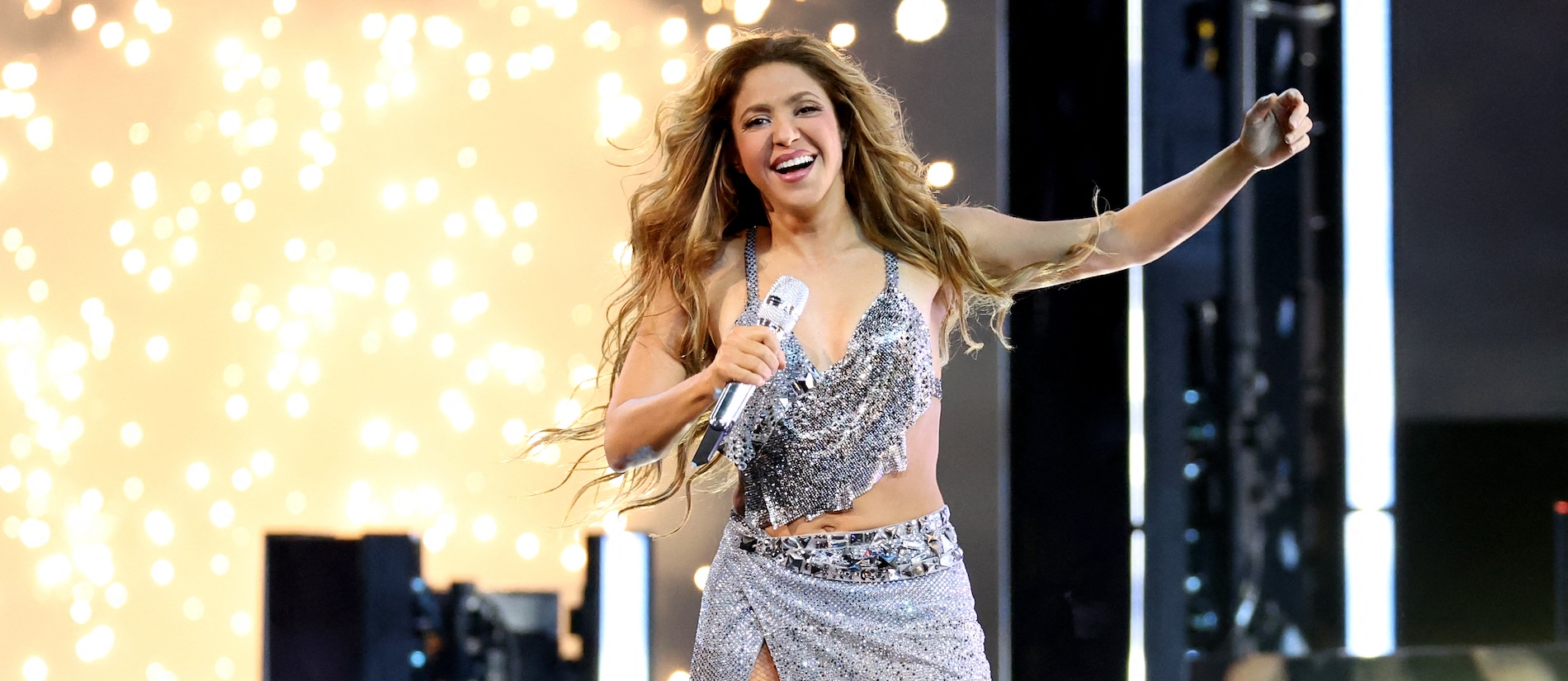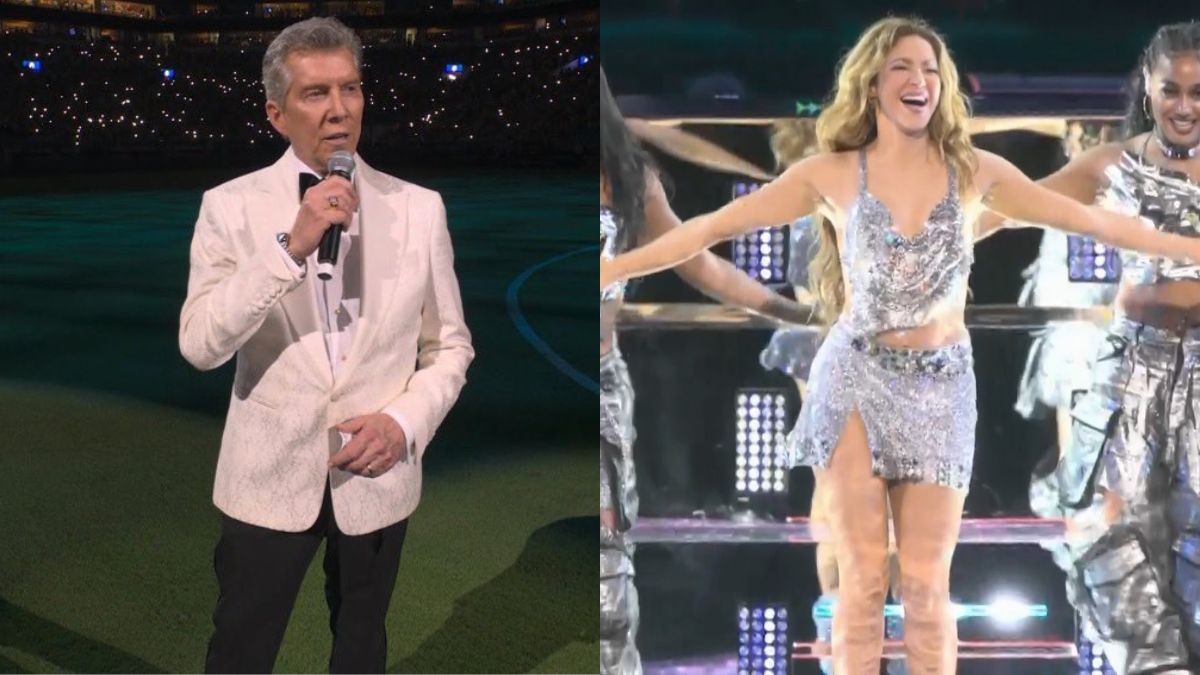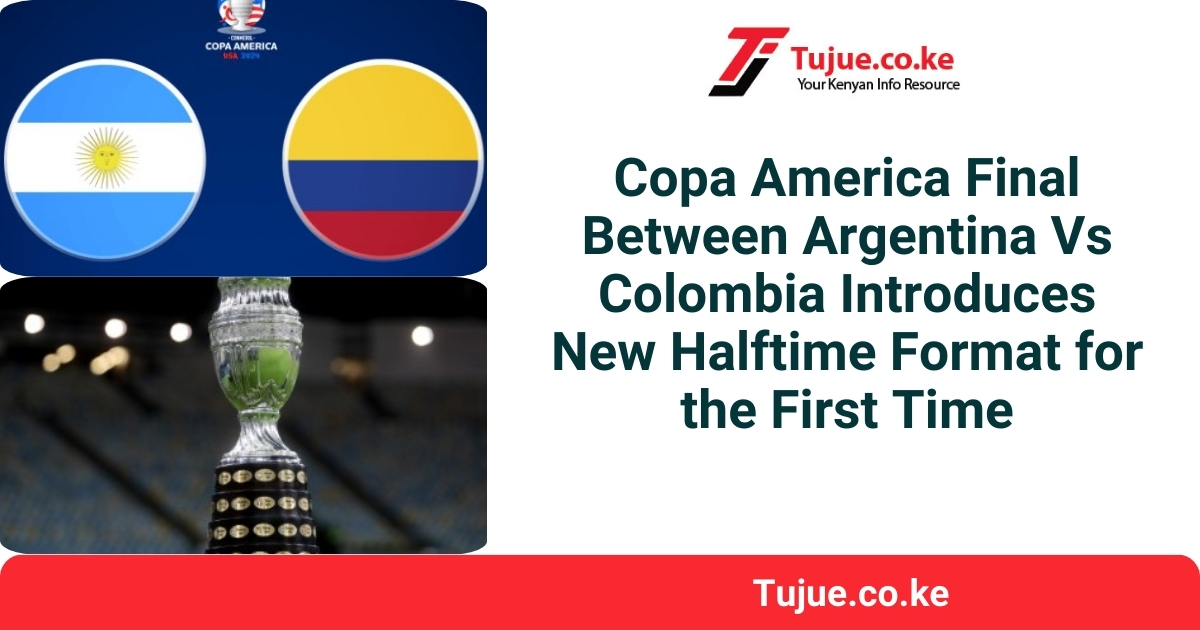Overview of Copa America Halftime Shows

Copa America, the oldest international football competition in the world, has a rich history of halftime shows that have entertained audiences for decades. These shows have evolved over time, reflecting the changing tastes and technologies of the era.
In the early days of Copa America, halftime shows were simple affairs, often featuring marching bands or local folk dancers. As the tournament grew in popularity, so too did the halftime shows, becoming more elaborate and incorporating a wider range of performers. Today, Copa America halftime shows are a major spectacle, featuring world-renowned musicians, dancers, and acrobats.
One of the key elements that makes Copa America halftime shows unique is their focus on Latin American culture. The shows often feature traditional Latin American music and dance, as well as performances by some of the biggest stars in the region. This gives Copa America halftime shows a distinct flavor that sets them apart from other international football tournaments.
Another key element of Copa America halftime shows is their use of technology. The shows often incorporate cutting-edge technology, such as pyrotechnics, lasers, and LED screens. This creates a visually stunning experience that is sure to leave a lasting impression on the audience.
Analysis of Notable Copa America Halftime Performances: Copa America Halftime Show

The Copa America halftime show has become an iconic event in the world of music and sports. Over the years, some of the most legendary artists have graced the stage, delivering unforgettable performances that have left a lasting impact on the tournament and the broader music industry.
One of the most memorable halftime performances in Copa America history was Shakira’s performance at the 2010 tournament in South Africa. Shakira’s performance was a celebration of Latin culture and music, and it featured a vibrant and energetic mix of her hits, including “Waka Waka (This Time for Africa),” the official song of the tournament. Shakira’s performance was a global sensation, and it helped to introduce her music to a new audience around the world.
Another notable Copa America halftime performance was Jennifer Lopez’s performance at the 2014 tournament in Brazil. Lopez’s performance was a high-energy dance extravaganza that featured some of her biggest hits, including “On the Floor” and “Dance Again.” Lopez’s performance was a huge success, and it helped to solidify her status as one of the biggest pop stars in the world.
In addition to their impact on the tournament and the music industry, Copa America halftime performances have also been a platform for social commentary. For example, Shakira’s performance at the 2010 tournament included a message of peace and unity, and it was a powerful reminder of the power of music to bring people together.
Copa America halftime performances have become an integral part of the tournament, and they have helped to make the event one of the most popular sporting events in the world. These performances have featured some of the biggest names in music, and they have had a lasting impact on the tournament and the broader music industry.
Impact and Legacy of Copa America Halftime Shows

The Copa America halftime shows have played a significant role in shaping the tournament’s image and legacy. These performances have provided a platform for some of the world’s most renowned artists to showcase their talents, adding to the tournament’s entertainment value and global appeal.
One of the most notable positive effects of the halftime shows has been their contribution to the Copa America’s global reach and popularity. By featuring international stars, the tournament has been able to attract a wider audience, increasing its visibility and recognition worldwide. The performances have also helped to create a festive atmosphere, enhancing the overall fan experience and making the tournament more memorable.
Negative Effects
However, there have also been some negative effects associated with the halftime shows. One criticism is that they can sometimes detract from the main event, the football match itself. Some fans argue that the performances take away from the focus on the game and can be a distraction for players and spectators alike. Additionally, the cost of producing these shows can be substantial, which some critics argue could be better spent on other aspects of the tournament.
Future Potential, Copa america halftime show
Looking ahead, the future of halftime shows at Copa America tournaments remains uncertain. While they have undoubtedly contributed to the tournament’s popularity, the potential drawbacks must also be considered. It is likely that organizers will continue to weigh the pros and cons of these performances as they plan future editions of the Copa America.